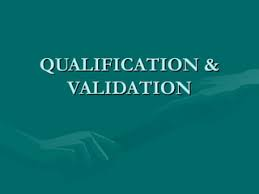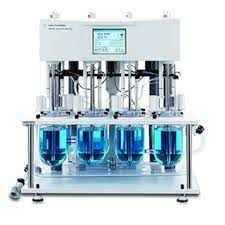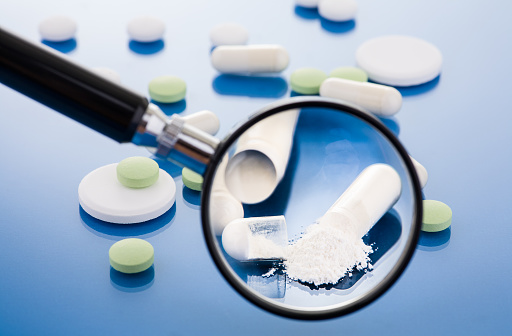MEDICINES AND THEIR SIDE EFFECTS Many different types of medicines that can have side effects. Here are some examples of common medicines and their potential side effects: 1. Pain Relievers: Non-steroidal anti-inflammatory drugs (NSAIDs) like ibuprofen and aspirin can cause stomach ulcers, bleeding, and kidney problems. Acetaminophen (paracetamol) can cause liver damage if taken in high doses. 2. Antibiotics : Antibiotics can cause allergic reactions, nausea, diarrhea, and in some cases, life-threatening conditions like C. difficile infection. 3. Antidepressants : Antidepressants can cause dry mouth, dizziness, weight gain, sexual dysfunction, and in rare cases, suicidal thoughts. 4. Blood Pressure Medications: Some blood pressure medicat...











